Historian has put the Battle of Wakefield back in the school room
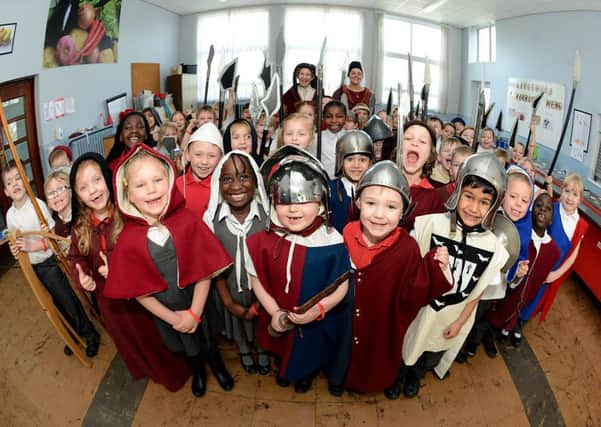

Now, one historian is hoping to put the Battle of Wakefield back at the heart of the community.
Allison Robinson is teaching a new generation of children about the role Pontefract and Wakefield played in the lengthy 15th century war between the Lancastrians and Yorkists.
Advertisement
Hide AdAdvertisement
Hide AdAnd pupils at St Michael’s Primary School have been the first to experience her hands-on historical journey. The former teacher introduced the battle to the children from the perspective of a cook working in Sandal Castle during the War of the Roses.
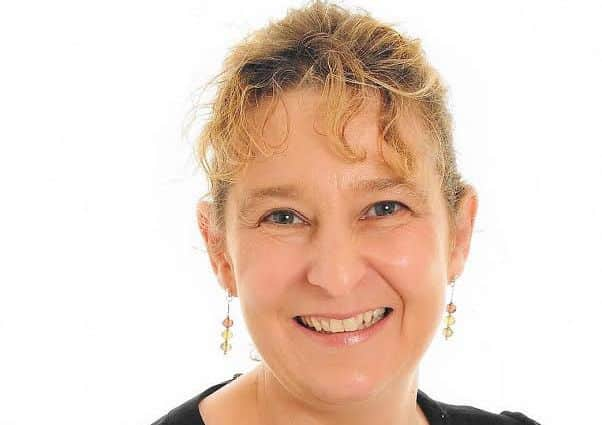

She told the children she was struggling to find out what had happened next and challenged them to investigate.
Mrs Robinson said: “Because there wasn’t much information about the battle, the idea was the children would find out what went on and write their own history book.
“They were fascinated by the battle and it really captured their interest to find out more, particularly as it happened on the ground they live and walk on every day.”
Advertisement
Hide AdAdvertisement
Hide AdFor five weeks the year one pupils researched the story of Richard Duke of York, the Lancastrians, and how they came to be at war on Wakefield soil. As part of their work the five and six-year-olds visited Sandal Castle, the site of the great battle on December 30, 1460.
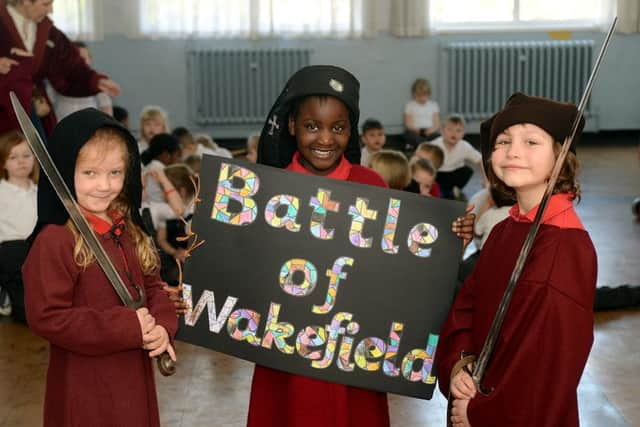

St Michael’s headteacher Faz Islam said: “One of the things we try to do through our school curriculum is to get children to be proud of the area they live in.
“The battle was a significant event that took place in our community and one that the children may not have known much about before.
“The project gave them a sense of pride in their own heritage and background.
Advertisement
Hide AdAdvertisement
Hide Ad“So much of history is detached from the local area and I think having something local makes it more relevant and lets the children know something huge happened on their doorstep.”
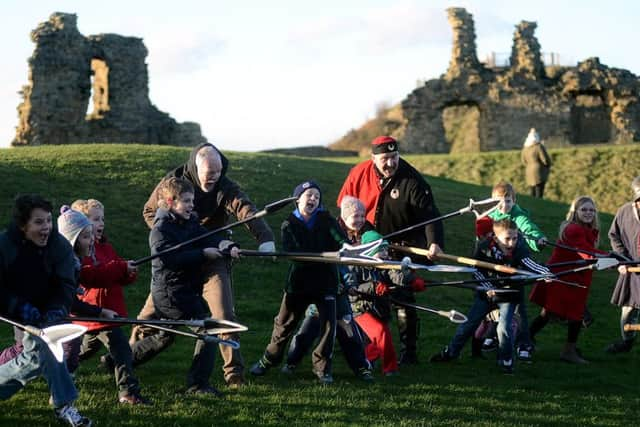

At the end of the project, the children presented their history book to Mrs Robinson and were taken back in time by medieval history interpreter Helen Cox.
Dressed in armour with swords and shields, the youngsters told the story and re-enacted the battle of the fateful day.
Mr Islam said: “The children really did engage with it and enjoy it. And they produced great quality history work and literary work.”
Advertisement
Hide AdAdvertisement
Hide AdMrs Robinson, now a history education practitioner, is hoping to deliver similar projects in other schools across the district. She said: “It is more than 550 years since the battle and I want to help pupils find out about our local history and get more involved in it. It is history that is right here on our doorstep where we go about our lives. And it’s part of the ongoing story of Wakefield. It’s really exciting to be able bring it life for children and let them become historians so they can learn more about it themselves.”
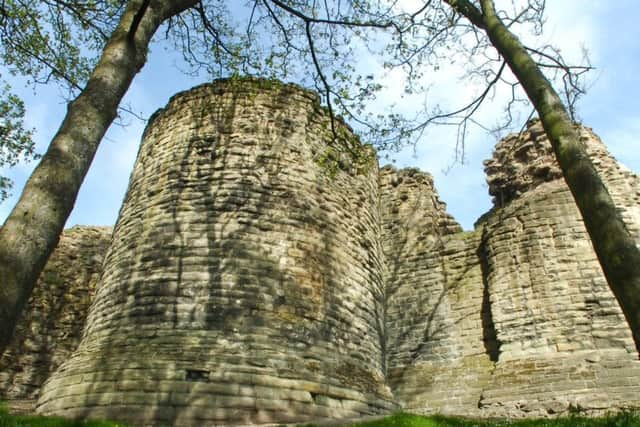

Time line of battle
l The Wars of the Roses were fought between the Houses of Lancaster and York between 1455 and 1485. Both houses had a claim to the throne as descendents of King Edward III.
l The Lancastrians were led by King Henry VI, who had held the throne since 1429, and the Yorkists were led by Richard, Duke of York, who made a bid for the crown. The Lancastrians used Pontefract Castle as a stronghold throughout the wars and Richard, Duke of York, owned Sandal Castle.
l The first battle took place at St Albans in 1455 and was a Yorkist victory. Four years of uneasy truce followed.
Advertisement
Hide AdAdvertisement
Hide Adl Tensions between the two houses intensified after 1459 and the Yorkists were victorious again in the 1460 Battle of Northampton when King Henry VI was captured and imprisoned.
l Richard then went to London to enter parliament and try to claim the throne. But his bid was rejected. Instead, the Act of Accord was passed, meaning Richard would be heir to the throne after Henry’s death.


l Queen Margaret - Henry’s wife - was outraged and began increasing the size of the Lancastrian army to free the King. The supporters gathered at Pontefract Castle.
l On December 9, 1460, Richard, Duke of York, left London to make his way to his own castle at Sandal, with his son Edmund,Earl of Rutland. He arrived on December 21.
Advertisement
Hide AdAdvertisement
Hide Adl On December 30, Richard left the castle to face Lancastrian armies and charged down the present-day Manygates Lane into battle. Many historians claim we do not know why he left suddenly and unprepared for battle. History has traditionally been unclear as to why he was so brutally defeated and killed.
l The heads of Richard, his son Edmund and other nobles were taken to Pontefract castle and then to York where they were displayed on spikes above the city gates.
l The Battle of Wakefield was the fifth in the Wars of Roses.
l The Wars of the Roses finally ended when Richard’s son (Richard III) was killed at the Battle of Bosworth and Henry VII became the first Tudor king. When he (a Lancastrian) married Elizabeth of York, he united the two warring families and brought an end to 30 years of civil war. We have the Tudor rose which combines the red and white roses to symbolise this union.
l Historian Helen Cox has thoroughly researched the Wars of the Roses and the Battle of Wakefield.
More information can be found at www.helencox-herstorywriting.co.uk